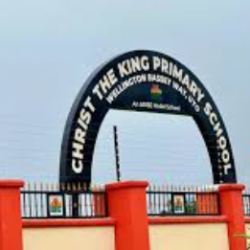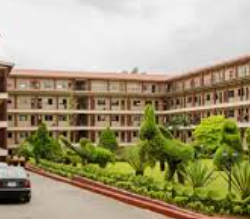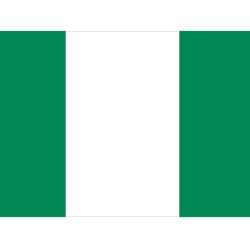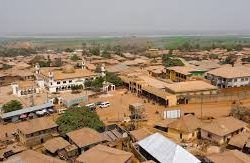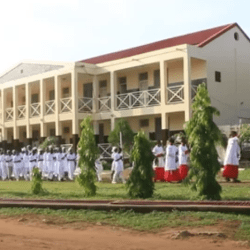As at 1750, Ilorin, Kwara state, a Yoruba town, was originally used as a military outpost by the Alaafin, paramount ruler of the old Oyo empire (Oyo-Ile).

At the period of creation, Ilorin was administered by Afonja, the sixth Are-Ona-Kakanfo of the Oyo army and successor of Are-Ona Oku of Jabata.①
Illorin became the capital of a kingdom that was a vassal state of the Oyo empire
Afonja’s rebellion
In 1817, Oyo’s commander at Ilorin, Kakanfo (Field Marshal) Afonja, led a rebellion that destroyed the unity of the empire. He was aided by Mallam Alimi (a Fulani from Sokoto).
The fall of Afonja
Afonja reportedly grew arrogant and larger-than-life. His followers became marauders, robbing and plundering people’s possessions.
Afonja had already amassed a large number of adversaries and few friends. Because of his haughtiness, he was despised by many.
Afonja was assassinated and burned to death in 1824.
After Afonja’s death, Ilorin’s leadership was taken over by Alimi, a Fulani priest who was formerly an ally.
Ilorin fell under the authority of the Fulanis. They were invited as allies but turned out to be traitors.②
British imperialism
In 1897 the army of the Royal Niger Company arrived in Ilorin after conquering Bida (106 miles east-northeast). The forces of Sir George Goldie’s Royal Niger Company defeated the emirs of Nupe and Ilorin
In 1900 Ilorin was incorporated into the Protectorate of Northern Nigeria in the amalgamated Colony and Protectorate of Nigeria in 1914, and in the Northern region in 1954
Yakubu Gowon created Kwara state with Ilorin as capital
In 1967 Kwara state was created. The then Federal Military Government of General Yakubu Gowon broke the four regions that then constituted the Federation of Nigeria into 12 states.
At its creation, the state was made up of the former Ilorin and Kabba provinces of the then Northern Region and was initially named the West Central State but later changed to “Kwara”, a local name for the River Niger.③
Kwara state got rearranged
In 1991, five local government areas, namely Oyi, Yagba, Okene, Okehi and Kogi were also excised to form part of the new Kogi State, while a sixth, Borgu Local Government Area, was merged with Niger State further reducing the population of Kwara state.
Reference
① kwarastate.gov.ng/discover-kwara/history-society/
② naijabiography.com/history-culture/the-fall-of-afonja-the-6th-aare-ona-kakanfo/
③ kwarastate.gov.ng/discover-kwara/history-society/

